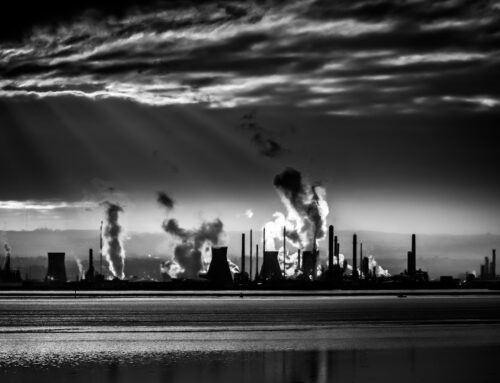
Introduction
Carbon capture technologies have become a crucial focus area in the effort to reduce greenhouse gas emissions and combat climate change. These technologies play a significant role in various industries, including the petrochemical sector, where significant amounts of carbon dioxide (CO2) are generated as a byproduct of the production processes.
Petrochemical Industry and CO2 Emissions
The petrochemical industry is responsible for producing a wide range of essential products and materials such as plastics, fertilizers, solvents, and fabrics. However, the production processes involved in petrochemical manufacturing often release large quantities of CO2 into the atmosphere, contributing to environmental damage and climate change.
The Role of Carbon Capture Technologies
Carbon capture technologies offer a promising solution for reducing CO2 emissions in the petrochemical industry. These advanced systems capture CO2 before it is released into the atmosphere and either store it underground or utilize it for other purposes, preventing its harmful impact on the environment.
Carbon Capture Methods
- Pre-combustion Capture: This method involves capturing CO2 from the gasification or reforming of fossil fuels before they undergo combustion. It requires the separation of CO2 from other gases, resulting in a concentrated CO2 stream that can be stored or utilized.
- Post-combustion Capture: Post-combustion capture involves capturing CO2 from flue gases emitted after fossil fuels are burned. It usually utilizes solvents or adsorbents to separate and capture the CO2, making it suitable for storage or utilization.
- Oxy-fuel Combustion: In this method, fossil fuels are burned in an oxygen-rich environment, resulting in a flue gas primarily composed of CO2 and water. The CO2 can then be separated and stored, while water vapor can be condensed and removed.
Advantages and Challenges
“Carbon capture technologies offer immense potential for reducing CO2 emissions in the petrochemical industry, mitigating climate change and fostering sustainable growth. However, their widespread implementation faces certain challenges, including high costs, technological limitations, and the development of efficient storage methods.”
Conclusion
The petrochemical industry plays a crucial role in our daily lives, but it also contributes significantly to CO2 emissions. Carbon capture technologies provide a promising path towards reducing these emissions and minimizing the environmental impact of petrochemical production. Despite the challenges ahead, continued research and development in this field will accelerate the adoption of carbon capture technologies, leading to a more sustainable future for the petrochemical industry and the planet as a whole.





